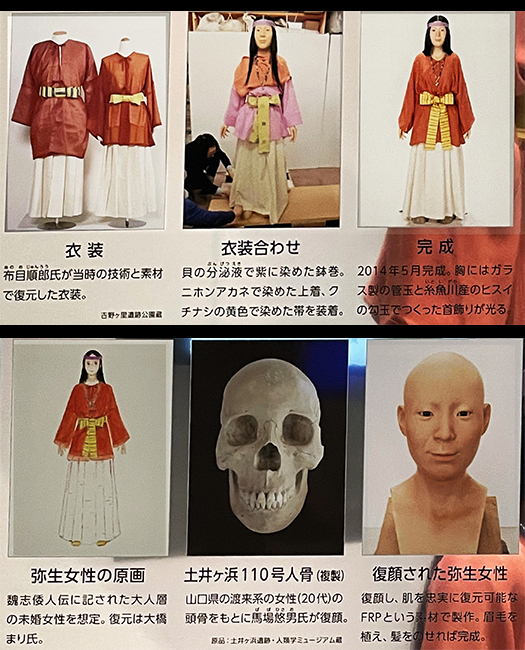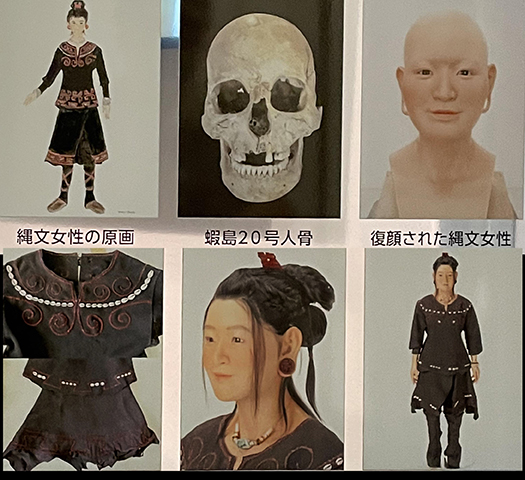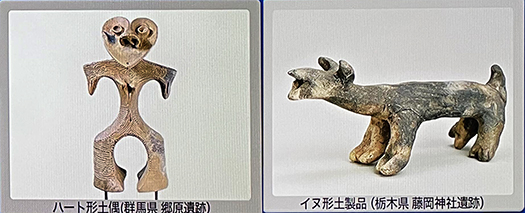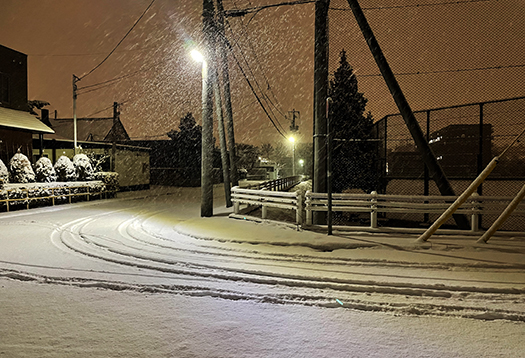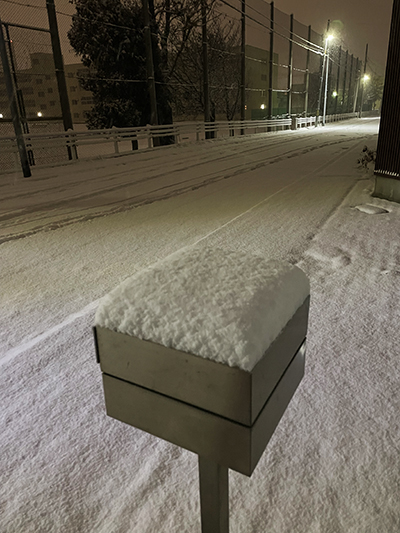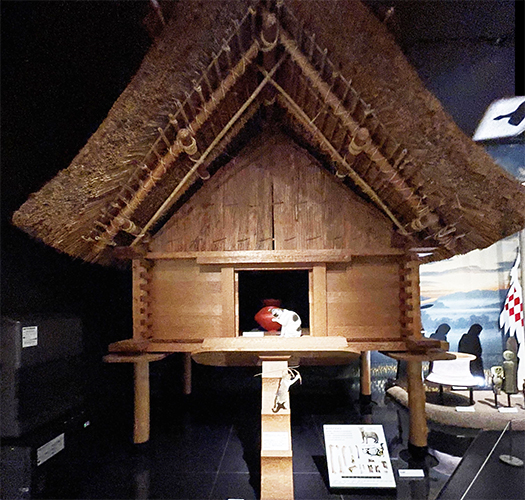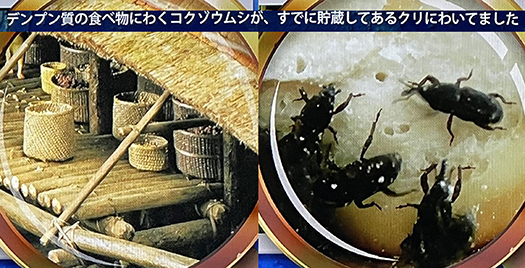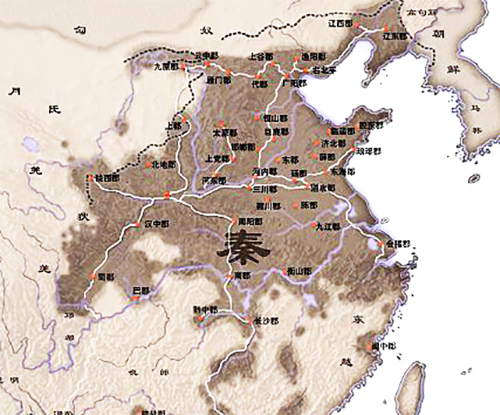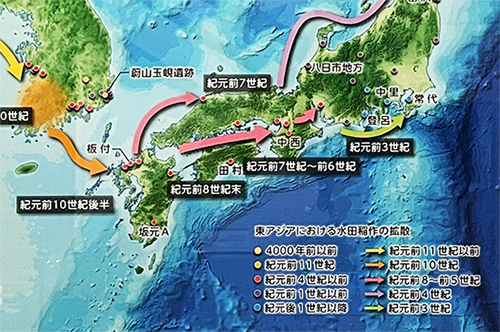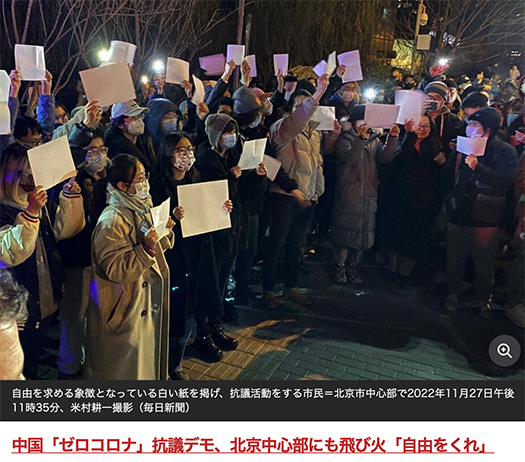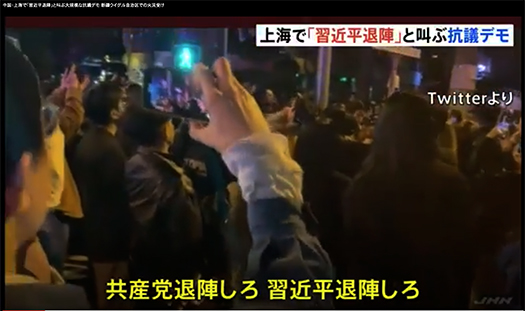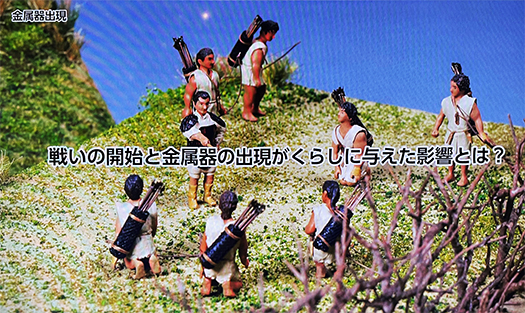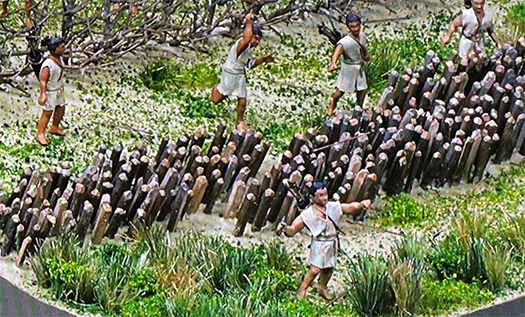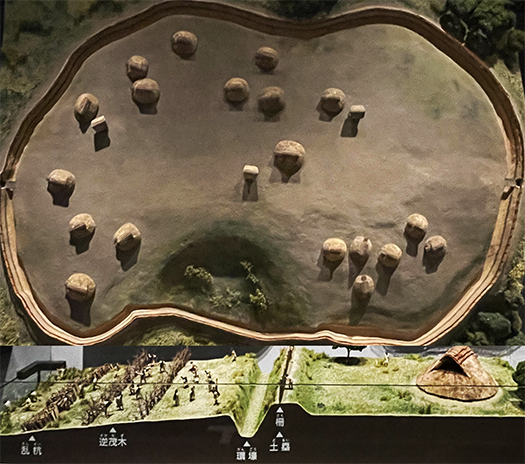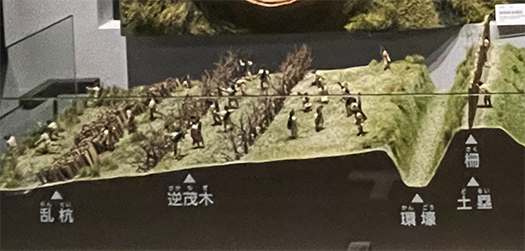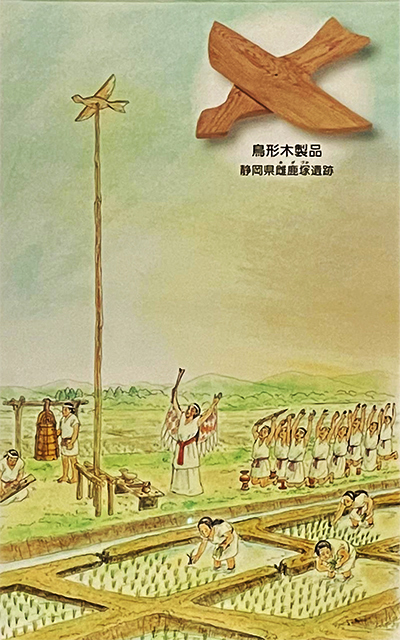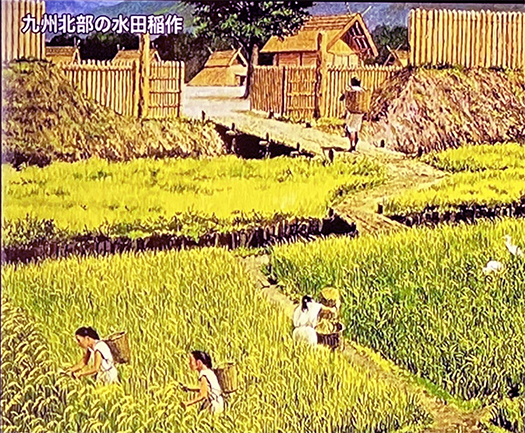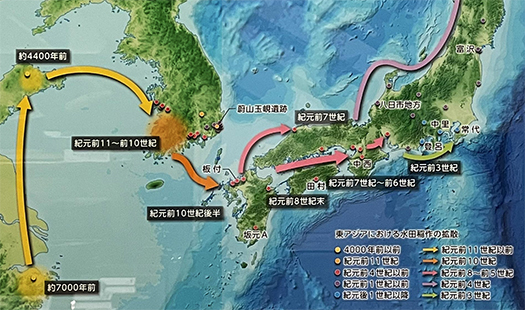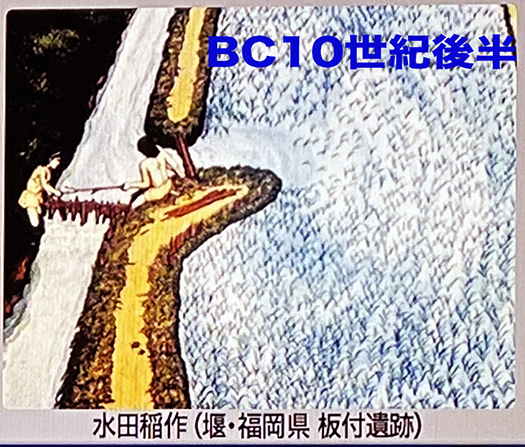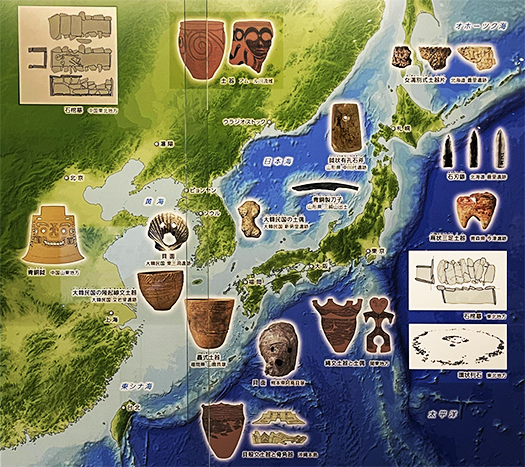

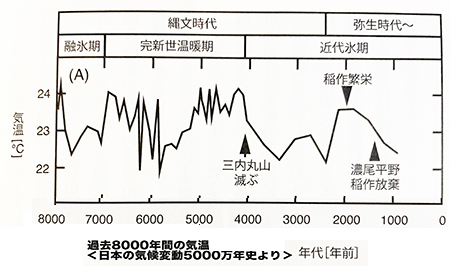
さて南北も東西も3000kmの距離スパンの日本列島。
紀元前10世紀から紀元前3世紀くらいまでには弥生の稲作水田農業が
大陸に近い北部九州から関東以西地域、そして東北北部津軽平野にまで
大きく広がっていったけれど、北海道にはその波動はやってこなかった。
縄文の世では三内丸山地域など東北北部と共有する縄文遺跡群が
世界遺産登録されるほど交流が活発だったけれど、
水田稲作については津軽海峡を渡ることはなかった。
それまでは共通の社会を形成していたのがいったん分断されることになる。
北海道地域単独の気候変動の歴史的解析を期待したいけれど、
知る限りではそういう研究成果は発表されていない(ように思う)。
ただ、最近東京科学博物館での展示で知った
「日本の気候変動5000万年史」という書籍で過去8000年間の気温表を発見。
それによると縄文時代の「首都」ともいわれる三内丸山が気候の寒冷化で
滅んだ様子がわかったりする。
縄文の世は非常に温暖な気候条件下で繁栄していたものが
弥生が本格化する頃には寒冷化があって、逆風が吹いた様子もわかる。
温暖化と寒冷化は日本で波動を繰り返している。
津軽地域の水田耕作は河川の氾濫などでいったん終息するけれど、
自然環境の変化に敏感な水田農業も盛衰を繰り返してきたのだろう。
そういうなかで北海道は基本的に、我関せずで、
写真のゴマフアザラシの幼獣とおぼしき個体から
「ハンカクサイんでないの?
そんな水田農業なんてムリムリ」と言われているようです(笑)。
北海道に暮らす人びとは自然環境に従順に縄文のライフスタイルを守った。
水田稲作を行わない、海川特化の漁撈採集文化。管玉や貝製装身具などの
必要なものは特産品と引き換えの交易で本州地域の水田稲作民から
入手する関係が築かれていったとされている。
遺跡分布では道南の海岸線地域と、道央の石狩川流域地域などに集中。
漁撈が基本的食糧戦略だったのだと思います。
本州社会とは「交易」の関係で繋がっている。
弥生の時期以降、しばらく日本列島の中で別の時空間を構成していた。


国立歴史民俗博物館のジオラマ展示ではこういう続縄文の人びとが
明るく元気な造形として描かれていてありがたいなと感じていた(笑)。
しばらくの間、日本社会文化の主流とは縁遠い存在となったけれど、
縄文という本来の母性的環境のまま、北海道が暮らしてきたことに
明るいスポットを当ててくれているようで、心なごんだ(笑)。
そしてはるかな明治以降、北海道がまた日本社会に復帰したとき、
大量に移民の波動が押し寄せて、一気に弥生以降のライフスタイル革命が
もたらされ、さらに保全された自然環境が人びとを魅了している。
やはりロシアに併合されるよりはるかにシアワセだったと思う。
English version⬇
Yayoi Nippon: “Sequel to the Jomon” Hokkaido: The 37,000-Year History of the Japanese Archipelago – 33
Hokkaido, which had no connection with the Yayoi, preserved its cold climate and went its separate way until its reunion in the Meiji period. But it must have been sheer luck. …
Now, the Japanese archipelago spans a distance of 3000 km from north to south and from east to west.
From the 10th century B.C. to about the 3rd century B.C., Yayoi rice paddy agriculture
spread from northern Kyushu, near the continent, to the Kanto region and westward to the Tsugaru Plain in the northern Tohoku region.
However, this wave never reached Hokkaido.
In the Jomon period, the Jomon sites shared with the northern Tohoku region, such as the Sannai-Maruyama area, were so intertwined that they were inscribed on the World Heritage List.
The Jomon period was so active that the Sannai-Maruyama area and other Jomon sites shared with the northern Tohoku region were registered as a World Heritage site.
However, paddy rice cultivation did not cross the Tsugaru Straits.
The previously common society was divided.
I would like to see a historical analysis of climate change in the Hokkaido region alone, but as far as I know, no such research has been published.
However, as far as I know, no such research results have been published.
However, I recently came across an exhibit at the Tokyo Science Museum.
In the book “50 Million Years of Climate Change in Japan,” I found a table of temperatures over the past 8,000 years.
According to the chart, Sannai-Maruyama, which is said to have been the “capital” of the Jomon period, was destroyed due to the cold climate.
The Jomon period was a time of extremely warm weather.
The Jomon period thrived under very warm climatic conditions, but by the time the Yayoi period began in earnest, the climate had become too cold.
By the time the Yayoi period began in earnest, the climate had turned cold and there were headwinds.
Warming and cooling have been repeated in waves in Japan.
Paddy farming in the Tsugaru region came to an end due to river flooding.
Paddy farming, which is sensitive to changes in the natural environment, has also experienced repeated rises and falls.
Hokkaido, on the other hand, has basically taken a hands-off approach.
A young sargassum seal in the photo, which appeared to be a juvenile, said to me
I was told, “Isn’t it too hard to farm rice paddies?
It is impossible to farm rice paddies like that” (laughs).
The people living in Hokkaido followed the Jomon lifestyle in obedience to the natural environment.
They did not cultivate rice in paddy fields, but specialized in sea-river fishing and gathering culture. Tube balls, shell ornaments, and other
Necessities such as tube beads and shell ornaments were obtained from paddy rice farmers in the Honshu region through trade in exchange for local products.
The distribution of sites shows that the people in the southern part of the province had a relationship with rice farmers in the rice paddies.
The distribution of sites is concentrated in the coastal areas of southern Hokkaido and the Ishikari River basin in central Hokkaido.
Fishing was the basic food strategy.
They are connected to Honshu society through “trading” relations.
After the Yayoi period, they constituted a separate time-space within the Japanese archipelago for a while.
In the diorama exhibit at the National Museum of Japanese History, I felt grateful that these Sequential Jomon people
I felt grateful that the diorama exhibit at the National Museum of Japanese History depicted these Sequelae Jomon people as bright and energetic figures (laugh).
Although they have been out of the mainstream of Japanese society and culture for a while, they have remained in the original maternal environment of the Jomon, and have lived in Hokkaido.
Hokkaido has been living in the original maternal environment of the Jomon
It was heartwarming to see that he was shining a bright spotlight on the fact that Hokkaido has been living in its original maternal environment of the Jomon (laugh).
And when Hokkaido rejoined Japanese society long after the Meiji period
When Hokkaido rejoined Japanese society after the long Meiji period, waves of immigrants arrived in large numbers, bringing with them a revolution in lifestyles that began in the Yayoi period and lasted for many years.
The natural environment that has been preserved has attracted people.
I think it was much better than the annexation by Russia.
Posted on 12月 3rd, 2022 by 三木 奎吾
Filed under: 日本社会・文化研究, 歴史探訪 | No Comments »



